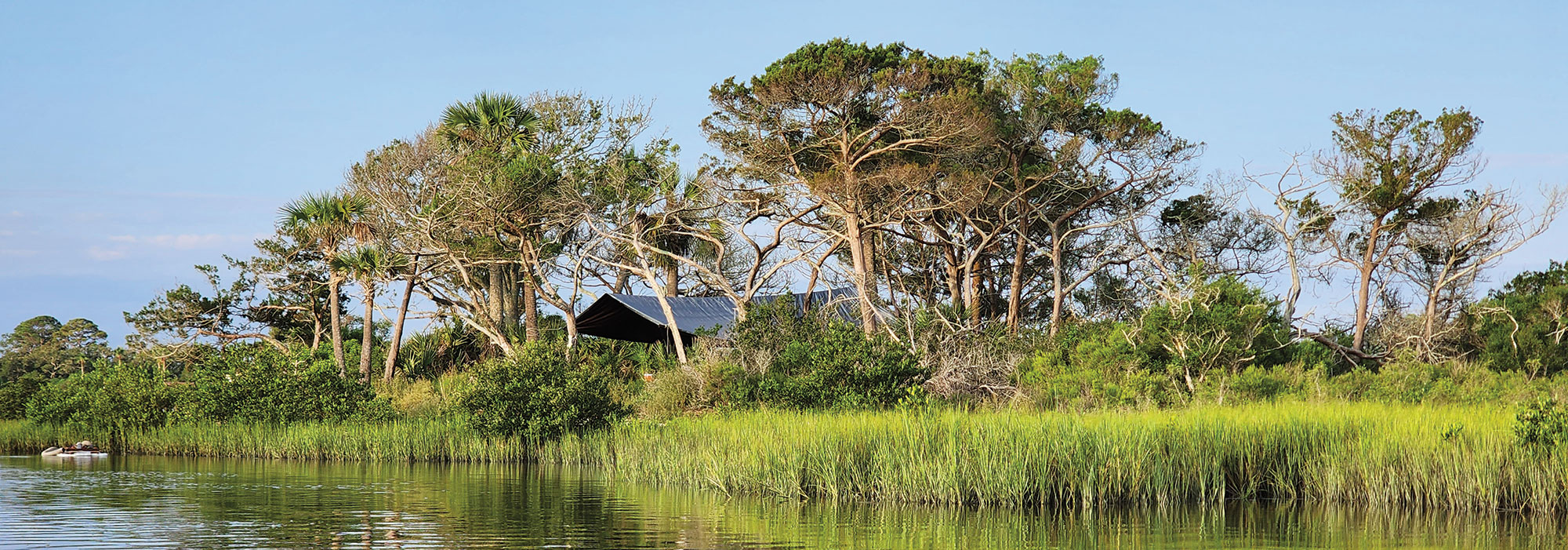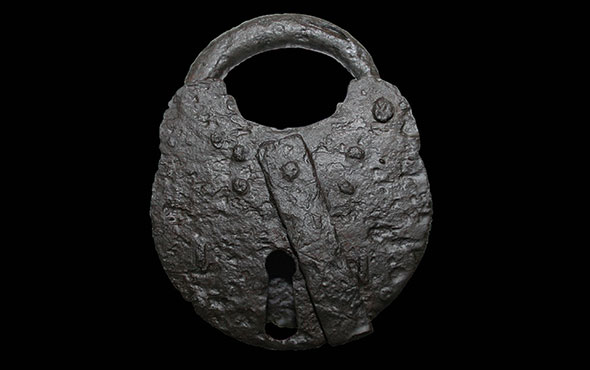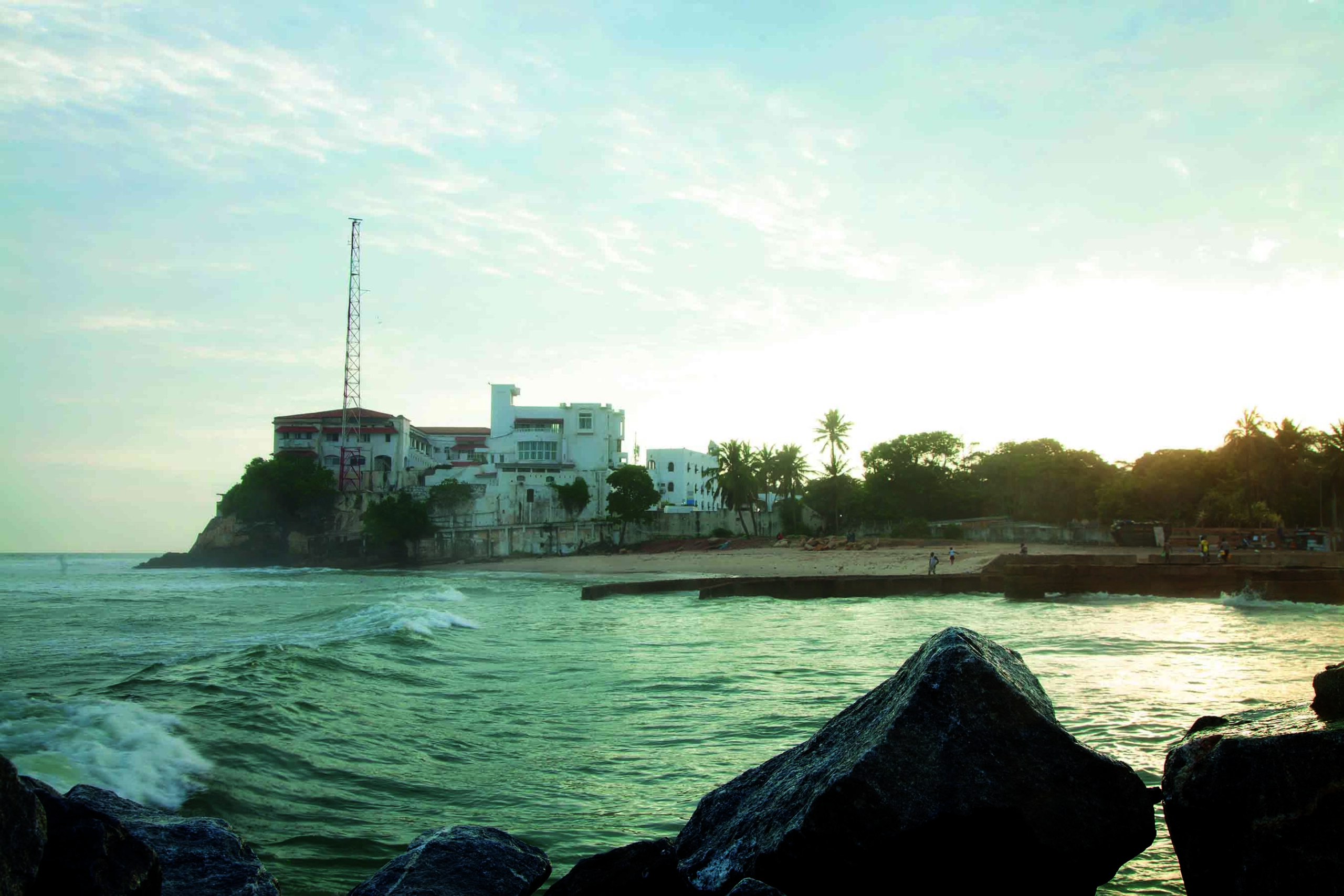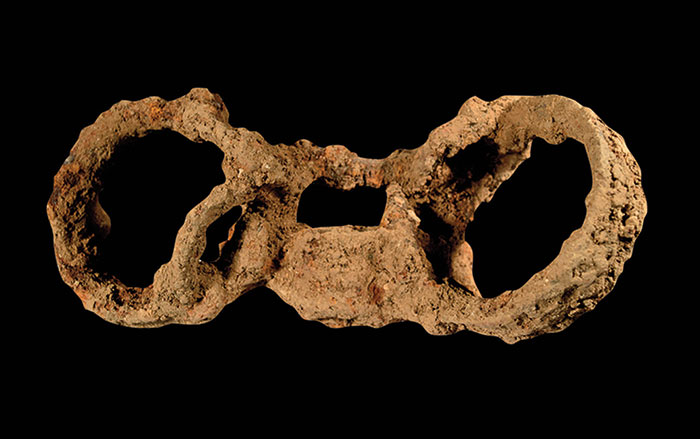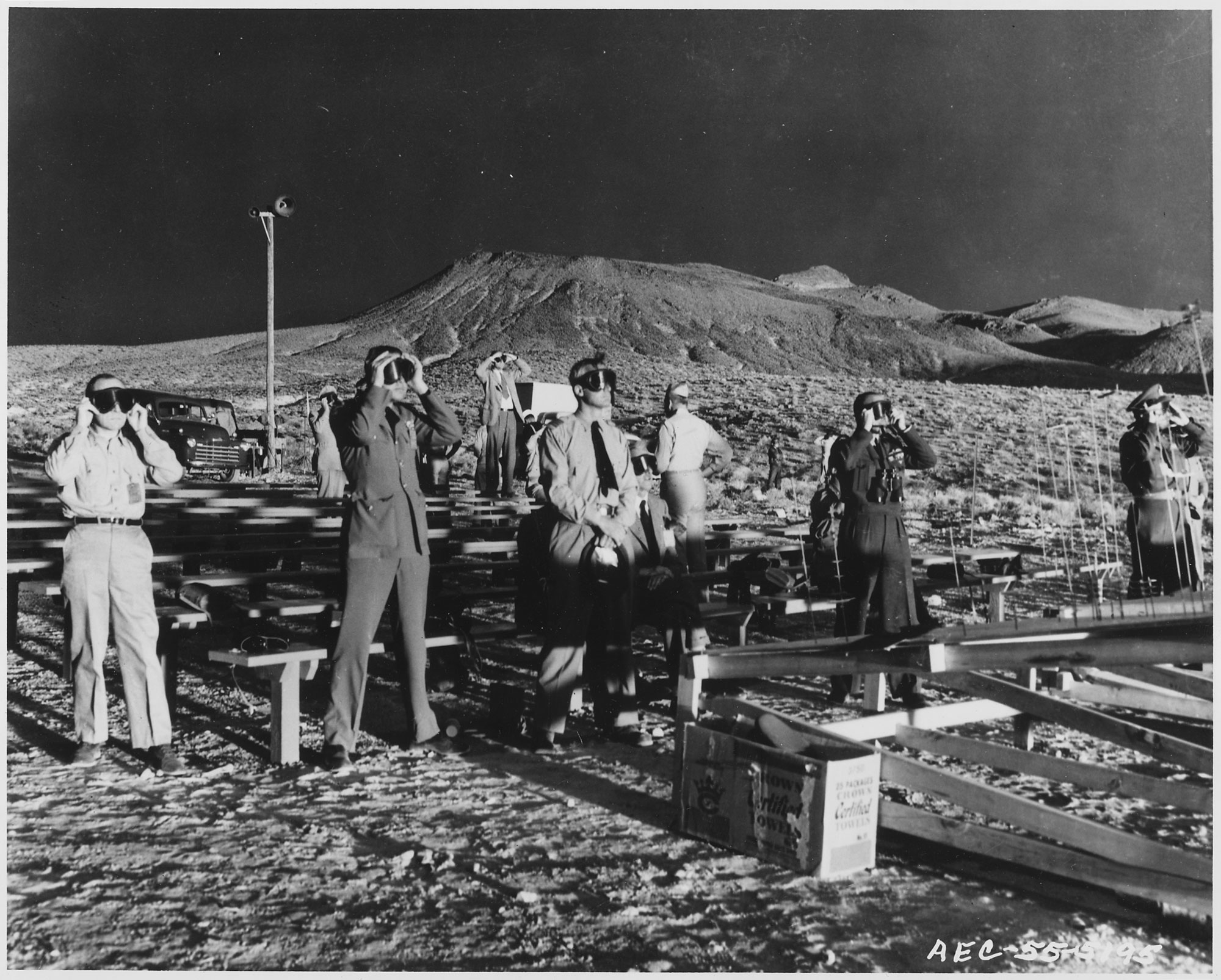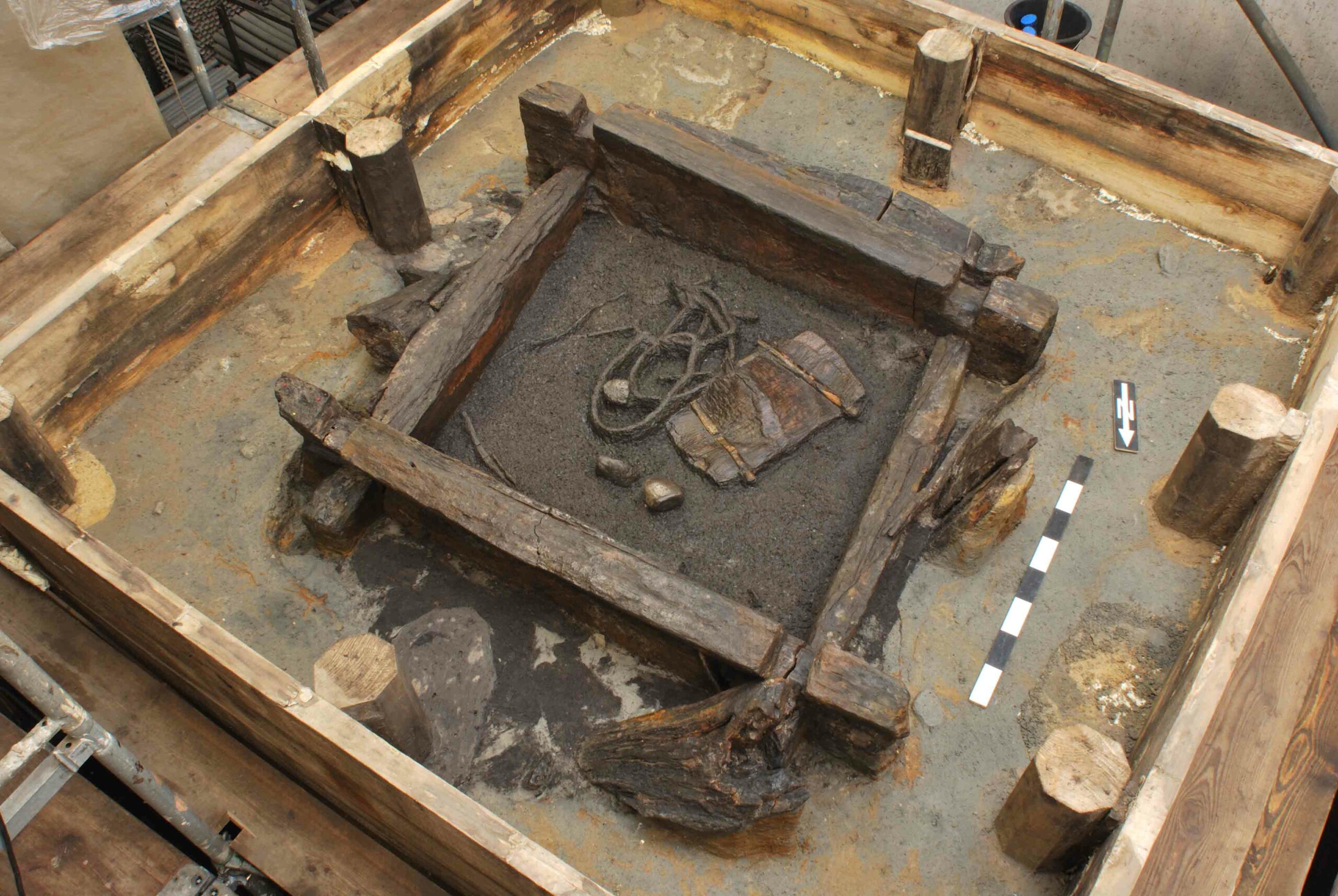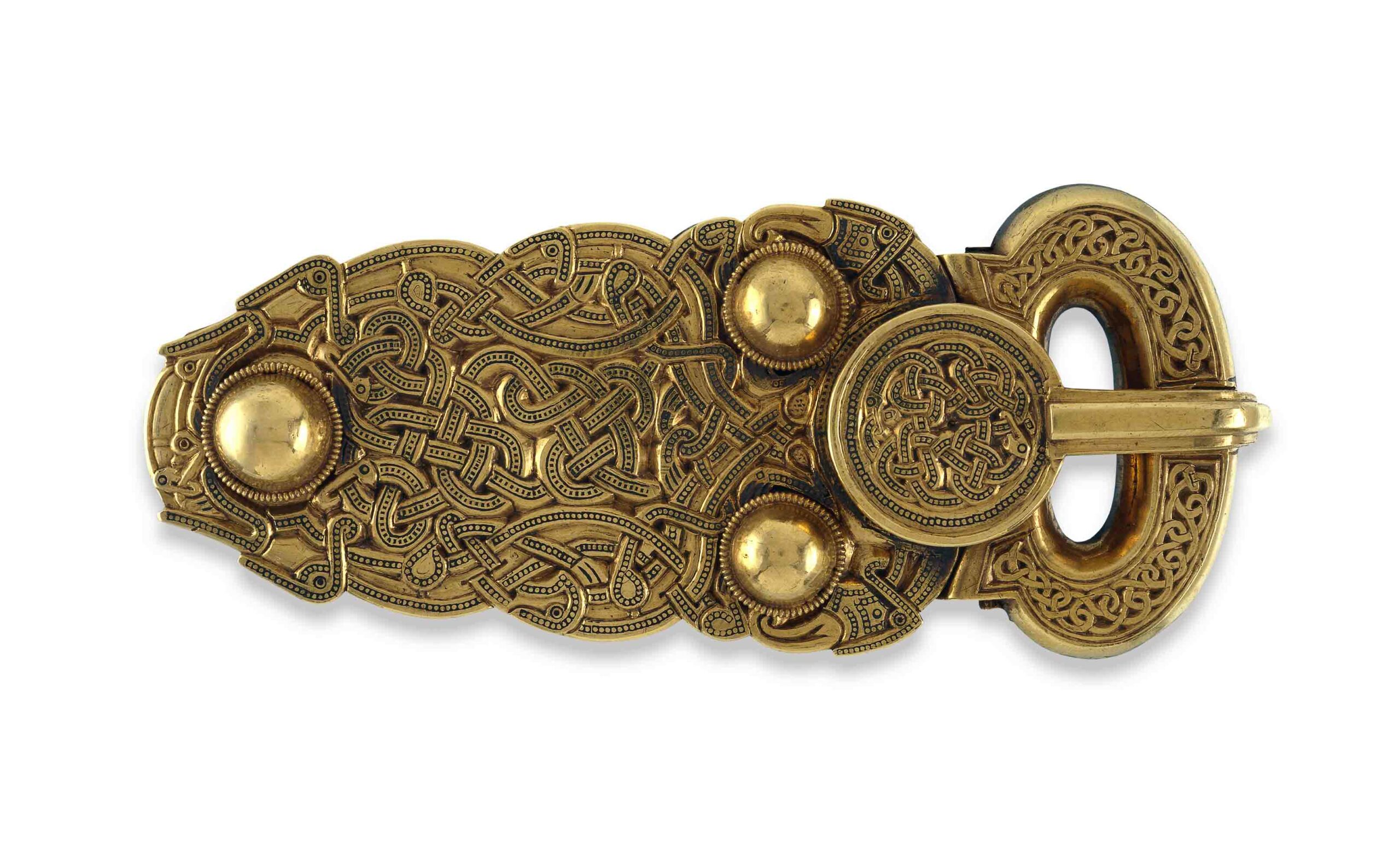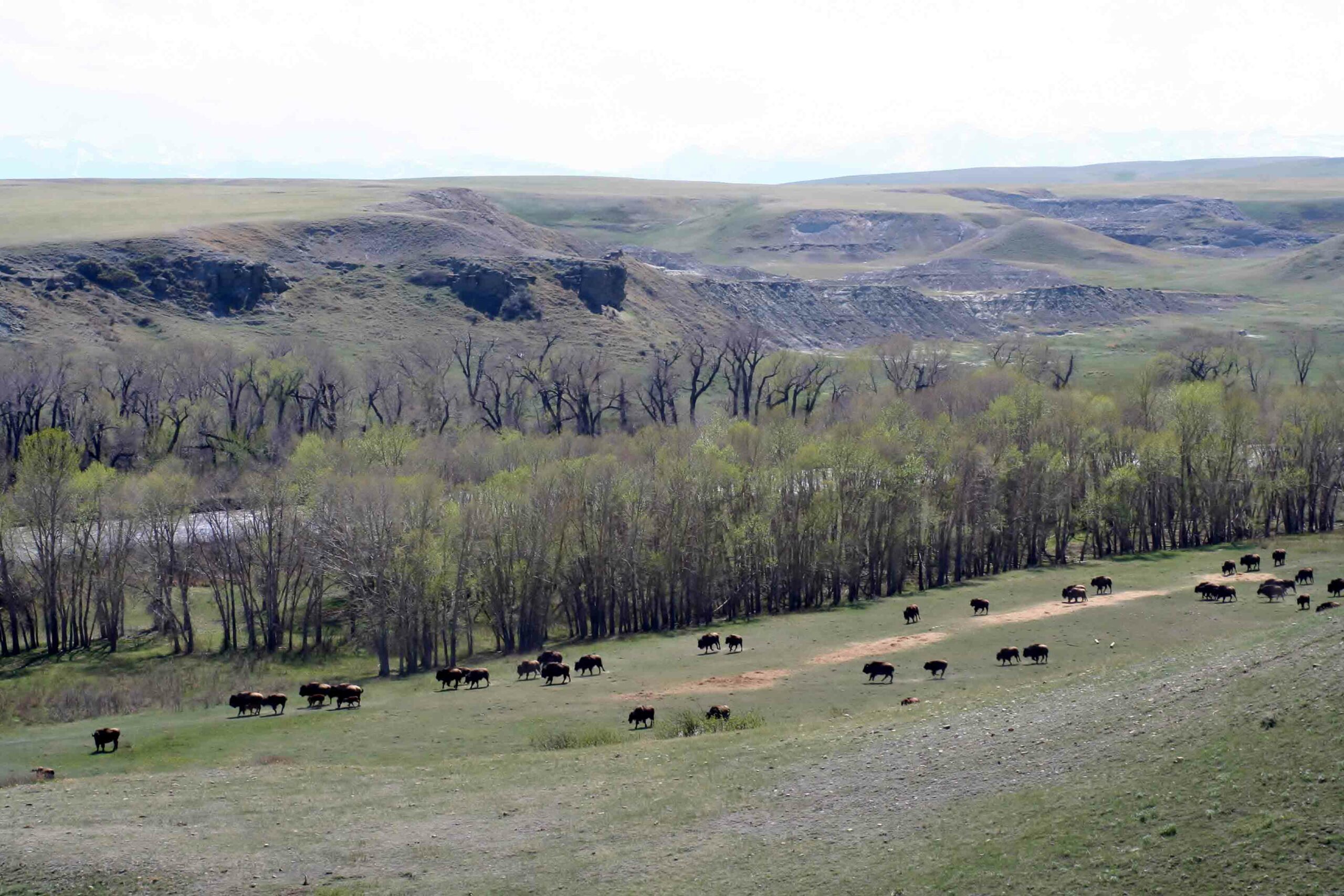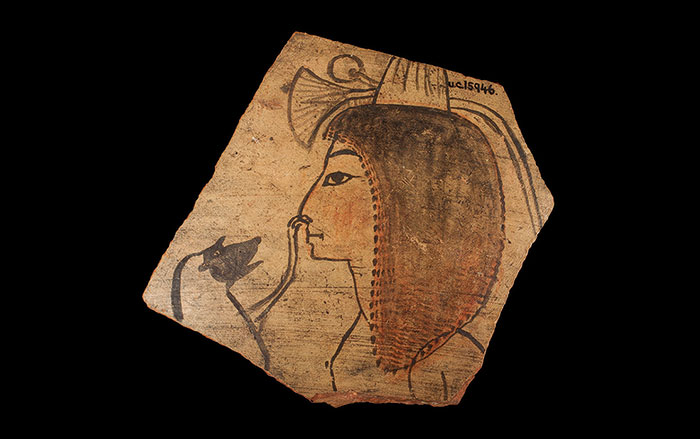
CHARLESTON, SOUTH CAROLINA—Bermuda stone and bricks that may be part of a sea wall dating to 1769 have been seen in test pits in Charleston’s White Point Garden. The first signs of the half-mile-long wall consisted of a dozen Bermuda stones in the first hole. “We don’t see that Bermuda stone elsewhere in the city, even along the waterfront,” archaeologist Martha Zierden, who is part of the Walled City Task Force, told The Post and Courier. The second hole revealed a stone wall that may date to the nineteenth century. The third hole exposed a section of brick wall standing five feet tall, but it does not have imported Bermuda stones at its base, as described in Journal B of the Commissioners of Fortifications, a record of work in the city from 1755 to 1770. The journal states that the wall was built by slaves to protect the city’s southern defenses and reclaim beachfront property. The wall was later expanded, but there are no records to indicate that the original wall was ever dismantled. To read in-depth about historical archaeology in the American South, see "Letter From Virginia: American Refugees."


